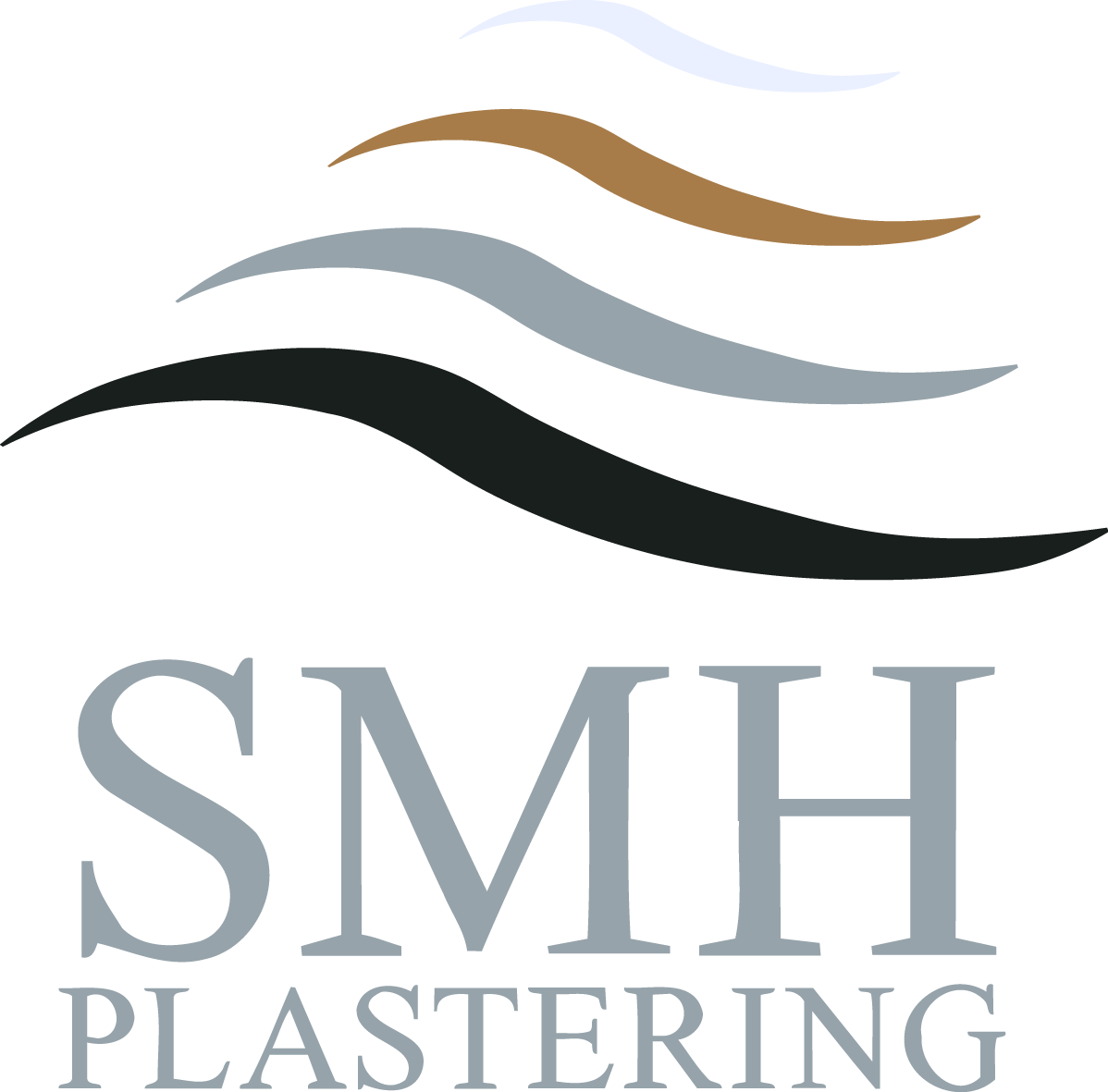Floor Screeding
Screed Options
There are 5 types of screed to pick from, and each one is designed to be used in specific situations:
Bonded screed will be bonded to the substrate using a bonding agent or a primer, and it is great for thin flooring sections that are designed to hold up heavy objects.
Partially bonded screed is more affordable but is also not as durable. It needs to be at least 50mm deep to ensure it does not break too easily, and it should be laid on a rough slab for best results.
Unbonded floor screed will not be directly bonded and is separated by a membrane. This screed levels on its own and is made of sand and cement and sometimes calcium sulphate.
Floating screed is meant to be applied over insulation. It insulates well itself, and it needs to be kept from cracking due to shrinkage with the right kind of insulation or edging foam.
Liquid Screeds are an made with specialized characteristics that makes it superior to traditional screed mixes. Fast-drying screed, fast-setting screed which are more expensive than conventional screed mixes however this cost is offset when you consider time and labour costs. By far this is the most superior type of screed because it can handle all situations domestic and commercial traffic.




